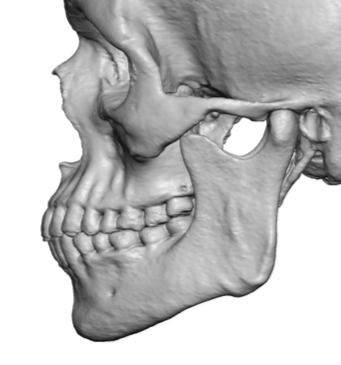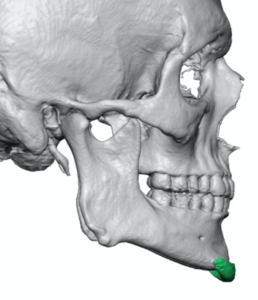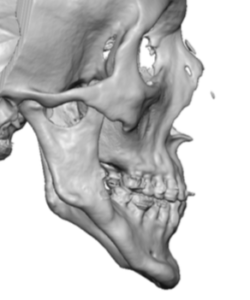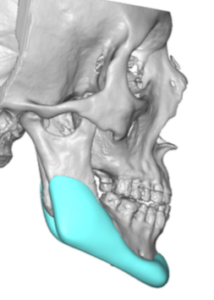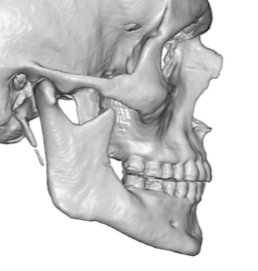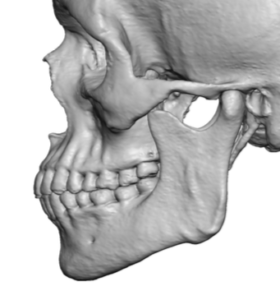
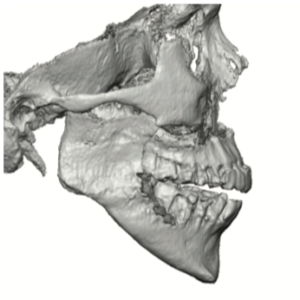
Regardless of why the antegonial notch is present, it is commonly seen in many patients who are undergoing custom jaw angle and jawline implants. As these patients all receive 3D CT scans the opportunity to appreciate lower jaw anatomy is unparalleled. In these 3D CT scans it can be seen that the majority of people have an antegonial notch to some degree. It is definitely more prominent in high mandibular plane angle patients and much less so the lower the plane angle becomes.
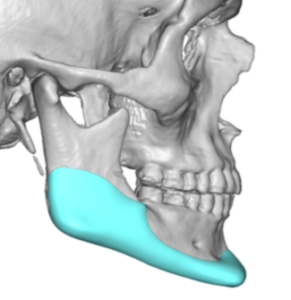
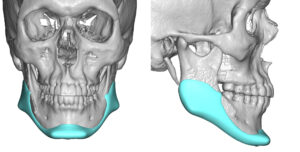
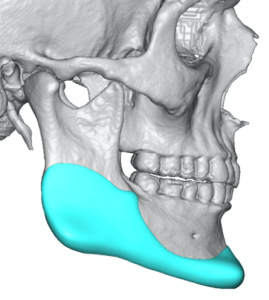
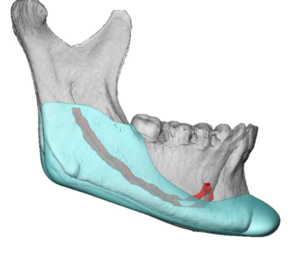
Dr. Barry Eppley
Indianapolis, Indiana

